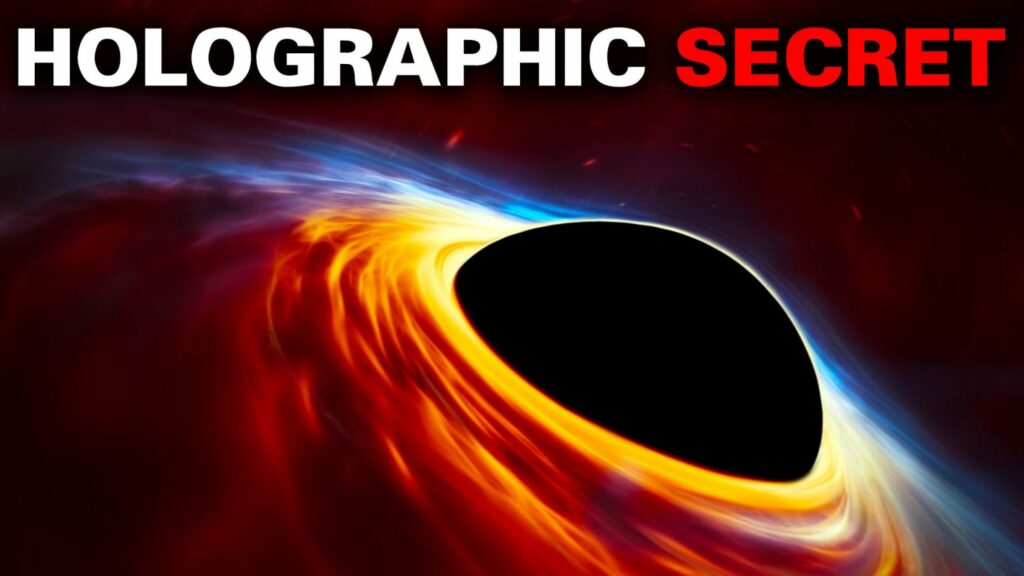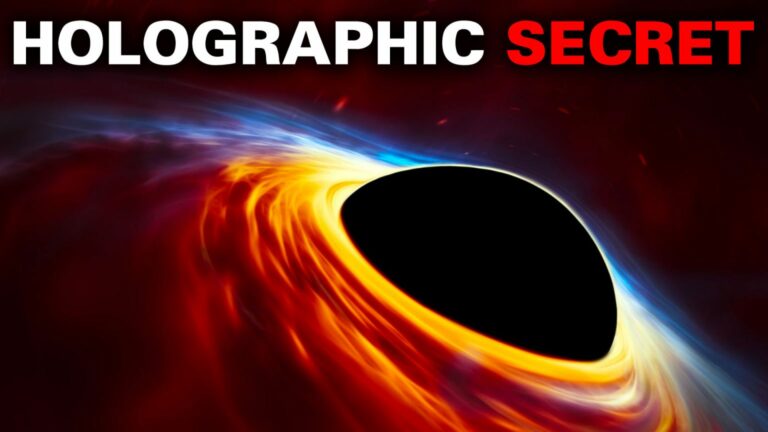“The Enigmatic Holography of Black Holes”
As peculiar as it may sound, there is an intriguing aspect to black holes—they seem to exhibit holographic characteristics. In the 1980s, physicist Jacob Bekenstein made a groundbreaking calculation regarding the growth of black holes. He determined that when a single bit of information is added to a black hole, its surface area expands by precisely one Planck unit.
The Planck length, measuring approximately 10^-35 meters, represents the smallest conceivable measurable distance and holds significance because it marks the scale where our comprehension of physics breaks down. This critical scale is where we believe a quantum theory of gravity is required for a comprehensive understanding of phenomena. The Planck area, being the square of the Planck length, signifies the extent by which a black hole expands. Remarkably, this specific numerical value, rather than any other in the universe, dictates the growth of a black hole
. When information is introduced to a black hole, its response aligns with a distinct quantum gravitational behavior, setting it apart from any other system in the cosmos. The intriguing observation is that the information added to a black hole seems more connected to its surface than its volume—specifically, its two-dimensional surface. The data we deposit onto the event horizon appears to linger there, directly influenced by that information.
This suggests that we are encoding all the three-dimensional details about what constitutes and what falls into black holes onto their two-dimensional surfaces. In essence, it appears that black holes may possess holographic properties.

How do black holes relate to holograms? Why do black hole event horizons, where quantum mechanics and gravity converge, behave counterintuitively with surfaces responding to information more than volumes? Nature seems to convey a lesson through subtle whispers. Let’s follow this trail guided by nature.
If black holes are holograms and represent quantum gravity, a faint glimpse suggests that a quantum theory of gravity must possess holographic characteristics. This perspective, akin to Galileo’s early celestial observations, implies that holography holds profound implications, not just for arcane mathematical physics, but for the very nature of reality. This rationale forms the basis of the holographic principle, encapsulated in a concise statement that shatters our understanding of space, time, matter, and energy: we inhabit a hologram.
The imminent gravitational revolution starts by recognizing black holes as regions of maximum entropy, where their consumption of information causes surface areas, not volumes, to expand proportionally. This transformative journey concludes with a fundamentally new comprehension of gravity.
This article is republished from Universe today under a Creative Commons license. Read the original article.
Do not forget to share your opinion with us to provide you with the best posts !




0 Comments